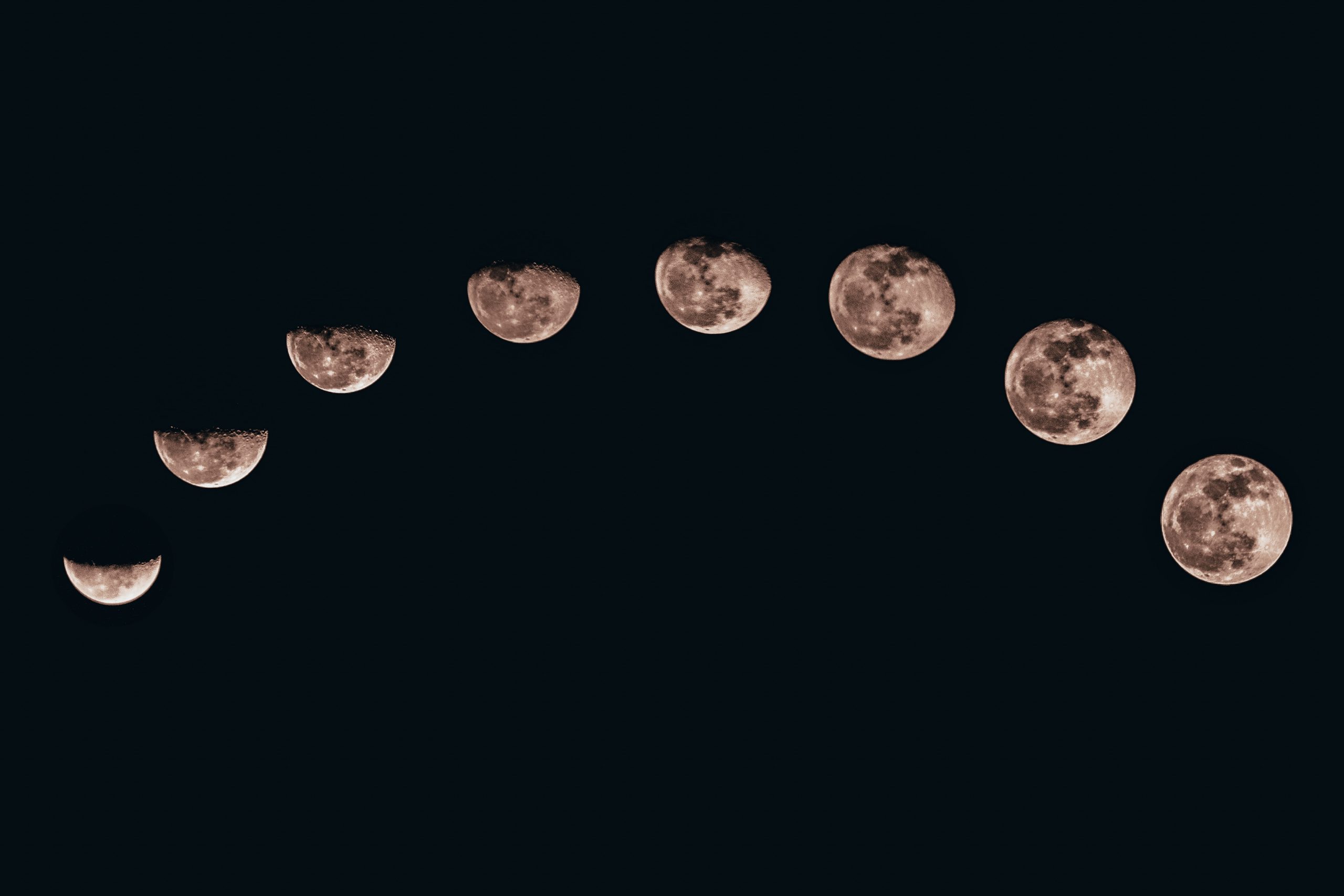How Does the Moon Affect Life on Earth?
The moon, Earth’s only natural satellite, has captivated human fascination for centuries. Its eerie glow during the night and its rhythmic lunar phases have inspired countless myths, poems, and even scientific studies. But beyond its symbolic and aesthetic appeal, the moon plays a significant role in influencing various aspects of life on Earth. From ocean tides to animal behavior, the moon’s gravitational pull and luminosity impact both the natural world and human activities. In this blog post, we will explore the fascinating ways in which the moon affects life on our planet.
The Moon’s Gravitational Influence
Despite being about 384,400 kilometers away from Earth, the moon’s gravitational force significantly affects our planet. Its gravitational pull interacts with Earth’s gravitational field, resulting in various phenomena:
- Ocean Tides: One of the most well-known effects of the moon’s gravity is the creation of ocean tides. The moon’s gravitational pull causes a bulge in the Earth’s oceans, resulting in high tides on both sides of the planet.
- Earth’s Spin: The gravitational interaction with the moon causes a transfer of energy, causing a slight slowing down of the Earth’s rotation. This effect gradually increases the length of days by approximately 2 milliseconds per century.
- Plate Tectonics: While not directly caused by the moon, its gravitational effect on Earth indirectly influences plate tectonics. The stresses created by the moon’s gravitational field contribute to the movements of tectonic plates, resulting in processes like earthquakes and volcanic activity.
Influence on Animal Behavior
Animals, both on land and in the sea, exhibit various behavioral changes that coincide with the lunar cycle. The moon’s phases and brightness affect their internal biological clocks and natural instincts:
- Nocturnal and Diurnal Behavior: Many animals adjust their activity patterns based on the moon’s phase. Nocturnal creatures might become more active during a full moon due to increased visibility, while diurnal animals may exhibit changes in feeding or mating behavior.
- Marine Life: The moon’s gravitational pull affects marine species such as crustaceans, fish, and sea turtles. Sea turtles, for example, use the moonlight reflecting off the ocean’s surface to navigate during their nesting season.
- Mating and Reproduction: Numerous species synchronize their breeding and reproductive cycles with lunar phases. This includes certain insects, birds, and mammals. Moonlight can play a vital role in courtship displays, mate selection, and breeding success.
Influence on Human Activities
The moon’s influence extends beyond the natural world to impact human activities across multiple domains:
- Agriculture: Lunar cycles have long been associated with agricultural practices. Some farmers believe that planting and harvesting based on the moon’s phase can enhance crop yield and growth.
- Fishing and Hunting: Experienced fishermen and hunters often take moon phases into account. Fish are known to be more active during certain lunar periods, making them more likely to be caught. Similarly, hunting enthusiasts believe that moonlit nights can improve visibility for successful game tracking.
- Human Physiology: While scientific evidence is limited, some studies suggest that lunar cycles may influence human behavior patterns, sleep quality, and even certain medical conditions. However, more research is needed to fully understand these connections.
The Moon and Cultural Significance
Beyond its direct influence on life, the moon holds immense cultural and symbolic significance for many societies around the world. From ancient civilizations to modern poetry, the moon has been associated with themes of romance, mystery, and the passage of time. It has inspired countless works of art, literature, and music, showcasing its profound impact on human creativity and imagination.
In Conclusion
The moon is far more than a distant rock orbiting our planet. Its gravitational pull shapes Earth’s physical processes, such as tides and plate movements. It affects the reproductive behavior of numerous animal species and influences human activities ranging from agriculture to fishing. Furthermore, the moon’s symbolic and cultural significance has made it a subject of awe and inspiration throughout history. While we continue to explore the depths of our universe, let us not forget to appreciate the celestial neighbor that quietly affects life on Earth every single day.
Table of Contents
